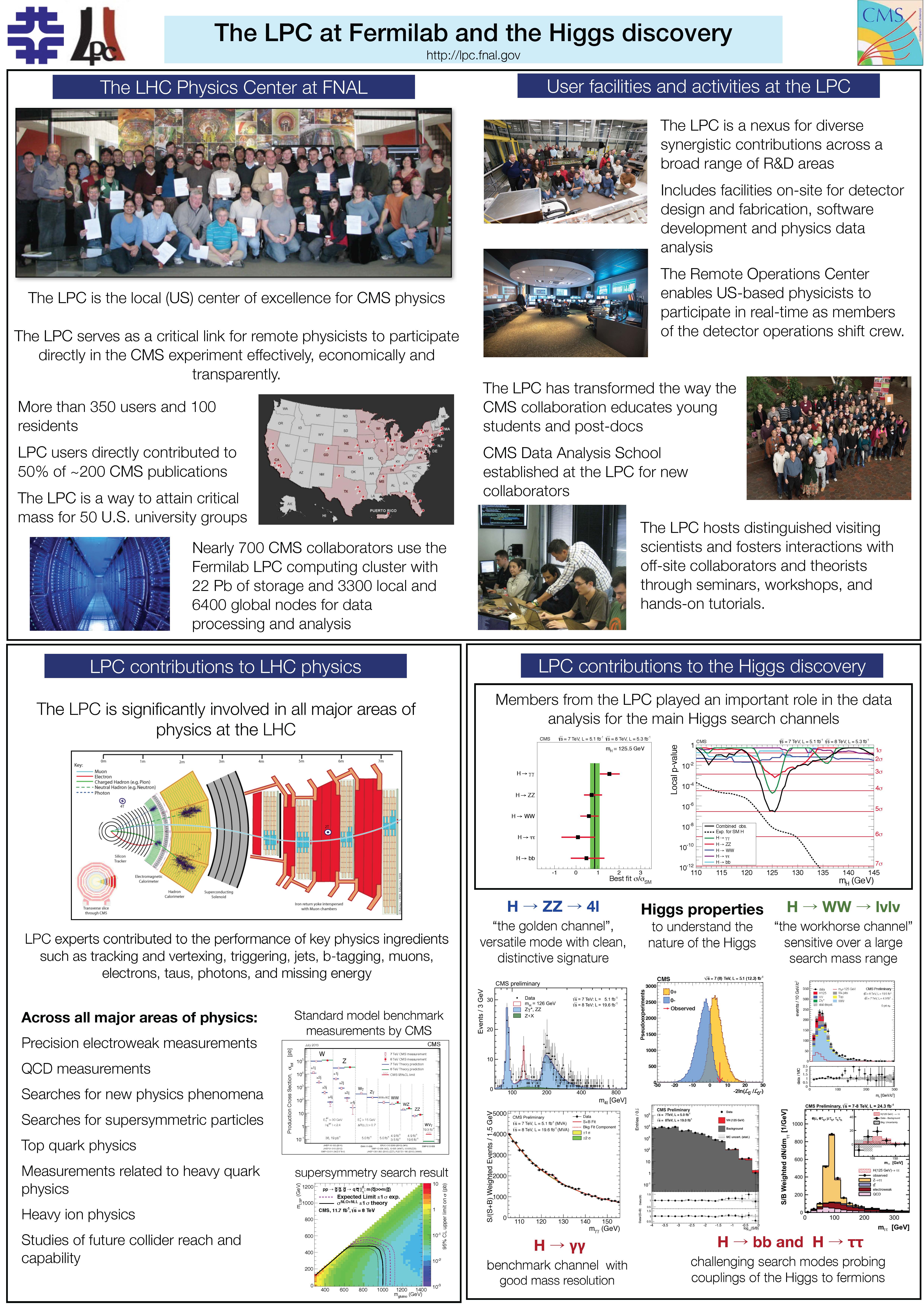Topic of the Week
Can Kilic
April 18th and 20th

| Day | Speaker | Topic | Where |
|---|---|---|---|
| Apr 18th at 2pm | Can Kilic (UTexas) | The Collider Phenomenology of Vectorlike Confinement | WH11 NE (Sunrise) |
| Apr 20th at 1pm | Can Kilic (UTexas) | Two topics that connect Dark Matter and the LHC: Flavored Dark Matter and the Consequences of Grand Unification | WH11 NE (Sunrise) |
Descriptions / About the scientists
Guest: Can Kilic
Date: April 18th and 20th
Time: 1pm and 2pm respectively
Topic: Searching for light dark matter at colliders / Higgs signal and new physics implications.
Where: WH11 NE (Sunrise)
Description
The Collider Phenomenology of Vectorlike Confinement
We are now living in the LHC era, and direct searches as well as precision observables have so far not given us definitive evidence of beyond the SM physics. This leads one to consider whether there are plausible scenarios of TeV scale physics to which low energy observables are not sensitive. In this talk I will investigate the collider phenomenology of the class of theories called Vectorlike Confinement (VC), which have precisely these characteristics. VC is a theory of new strong interactions, with a structure very similar to that of QCD near its confinement scale. Depending on the exact details of the model, the final states may include a variety of exotic possibilities, including multiple photons, electroweak bosons, resonances in multijets and even collider stable particles.
Two topics that connect Dark Matter and the LHC: Flavored Dark Matter and the Consequences of Grand Unification
While Dark Matter searches are usually thought of as a separate frontier in the search for new physics, there are scenarios of weakly interacting Dark Matter candidates that have a very distinct collider phenomenology. In this talk I will dwell on two aspects that highlight the connection between Dark Matter and the LHC. In the first half of the talk I will talk about the case of Flavored Dark Matter (FDM) where the DM particle has two additional flavor partners just as the particles in the Standard Model do. This setup has interesting consequences for the LHC, as it will lead to the production of multiple leptons or jets in addition to MET. I will argue that such signatures can not only be discovered above SM backgrounds but they can be distinguished from the case of conventional DM. In the second half of the talk I will investigate the consequences of two basic assumptions, that TeV-scale DM interacts via the weak force and that the SM interactions unify at a high scale. I will illustrate that these assumptions are sufficient to predict interesting consequences for the LHC, such as additional production channels for the Higgs boson or the existence of collider stable particles.
About the scientists
Can Kilic is an Assistant Professor at the University of Texa, Austin. He is a researcher elementary particle theory and interactions with an emphasis on collider phenomenology of Beyond the Standard Model physics, specializing in model building and abstract math.
